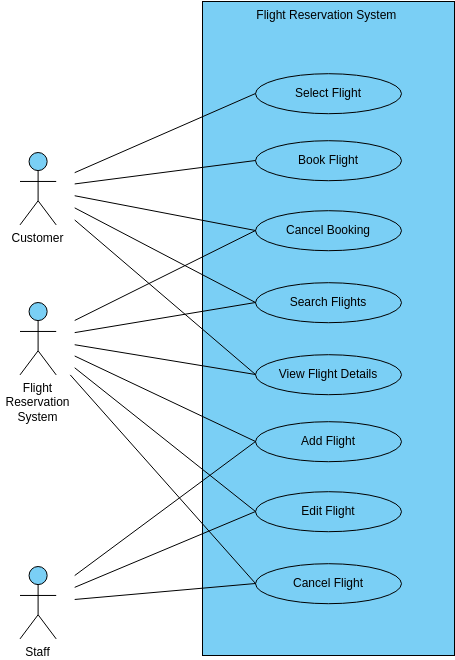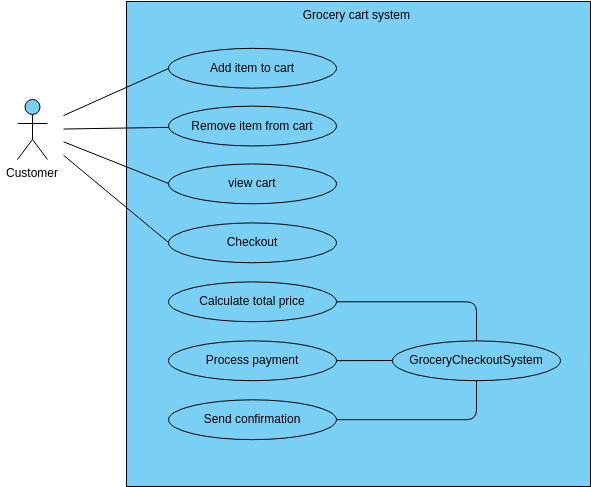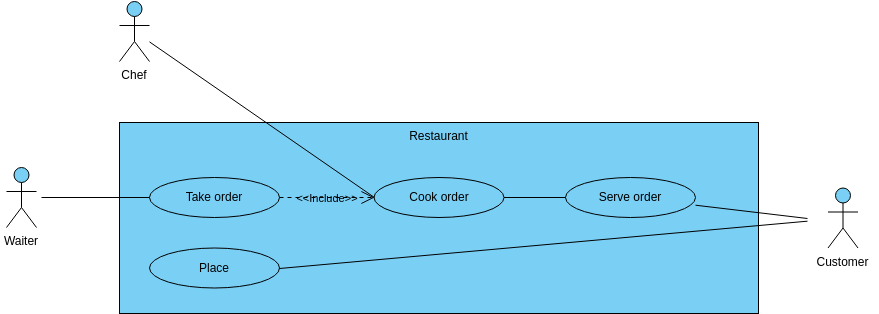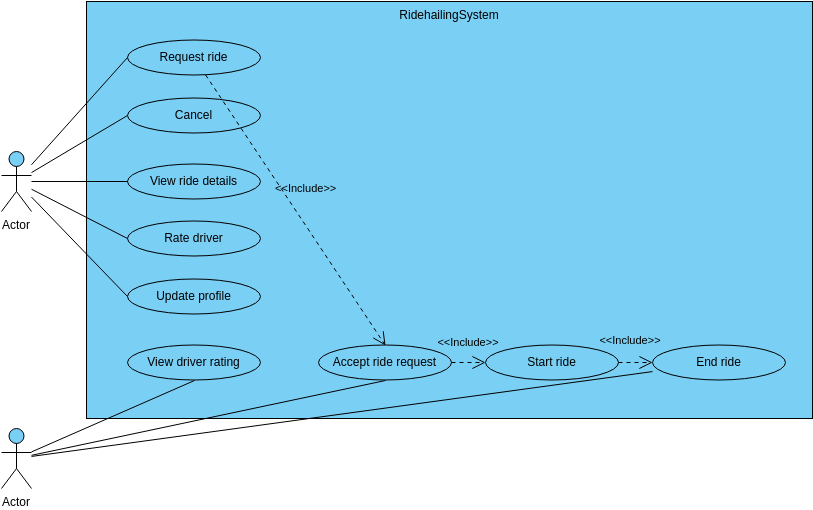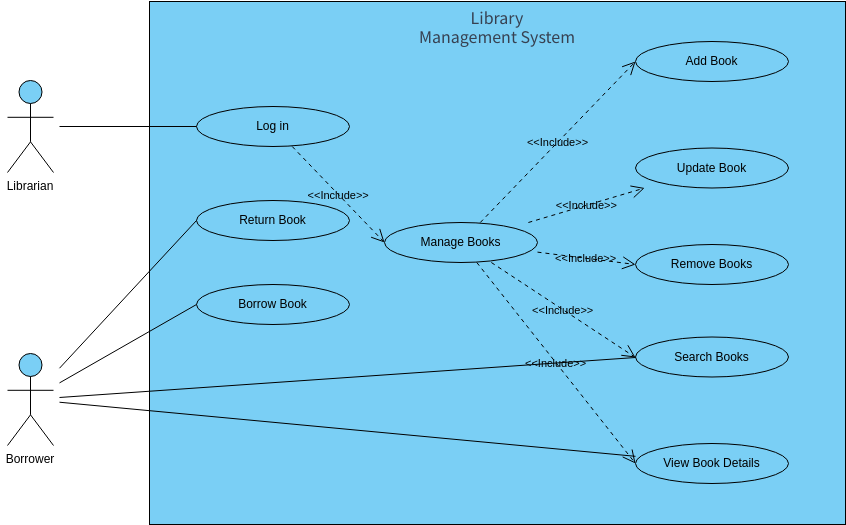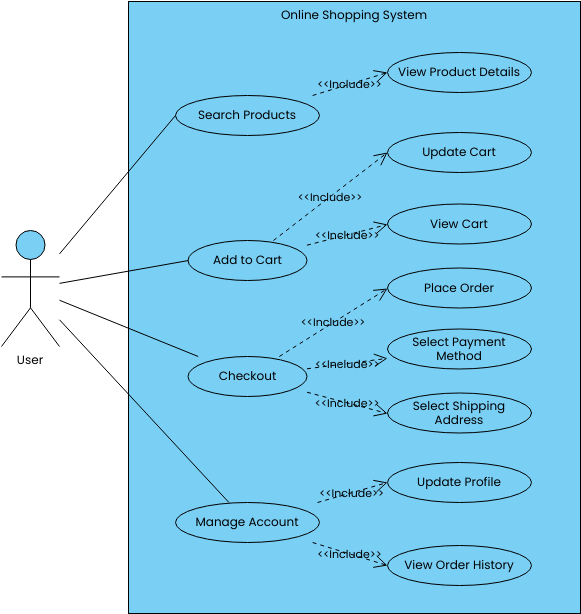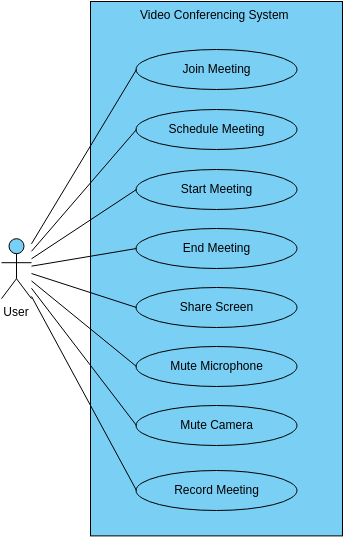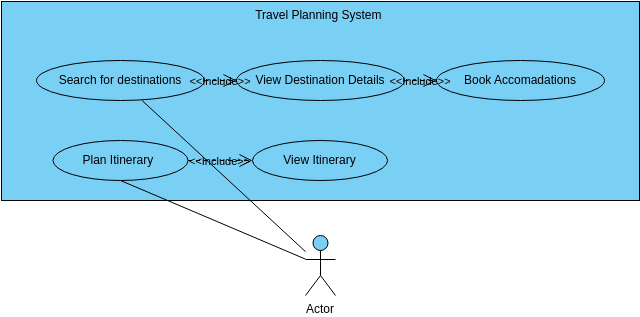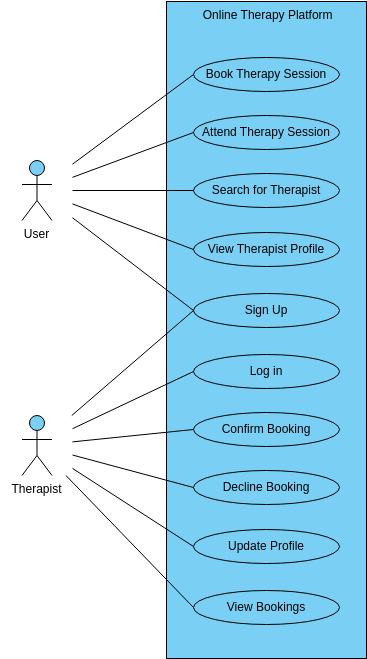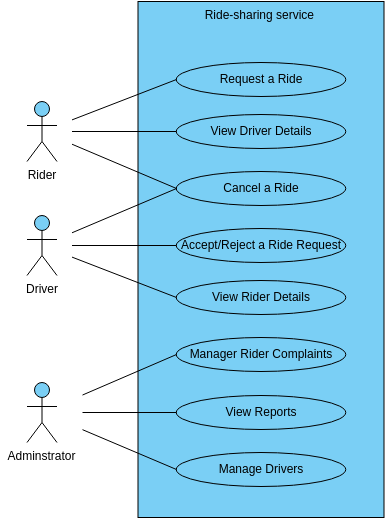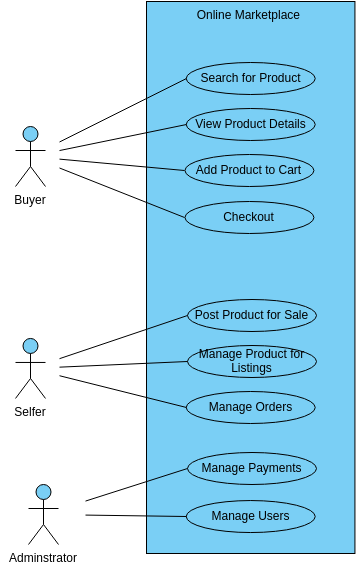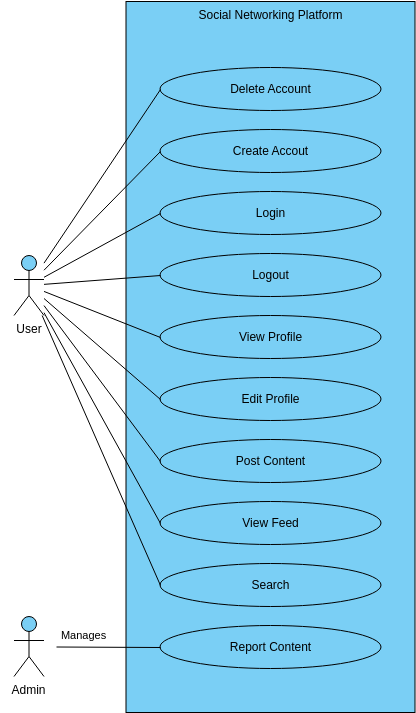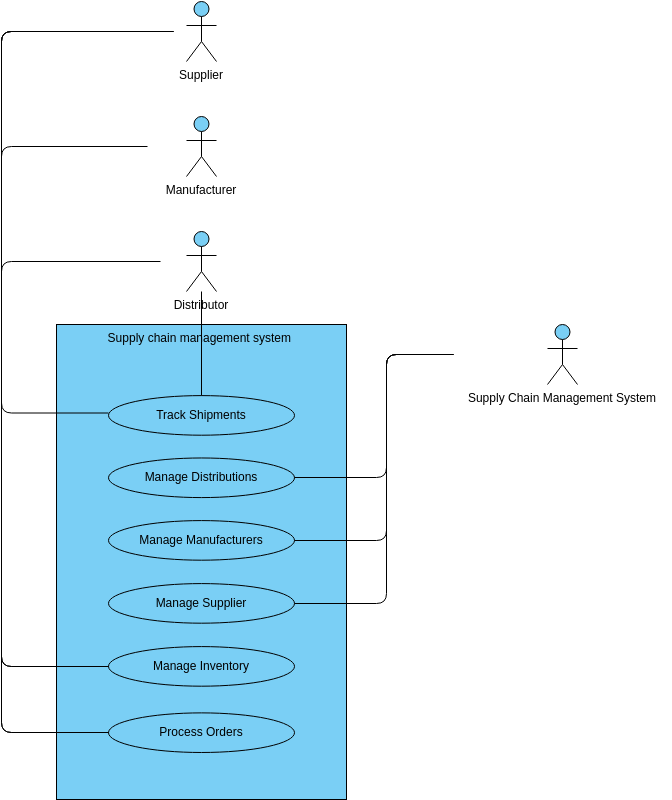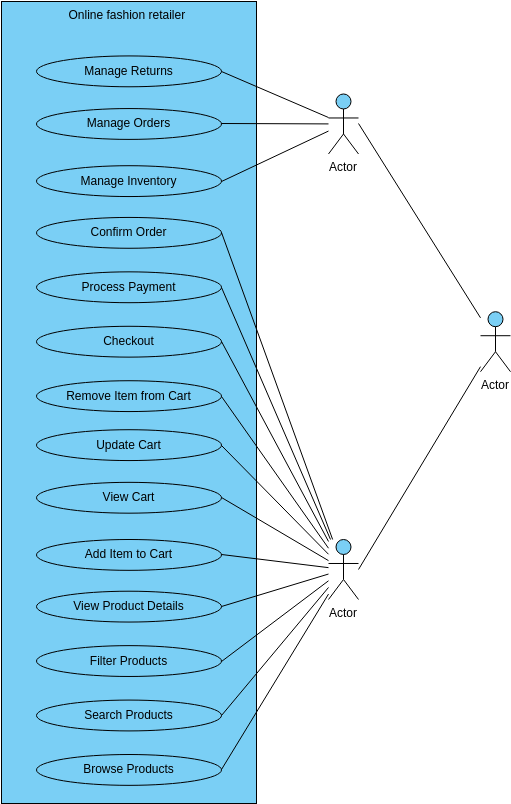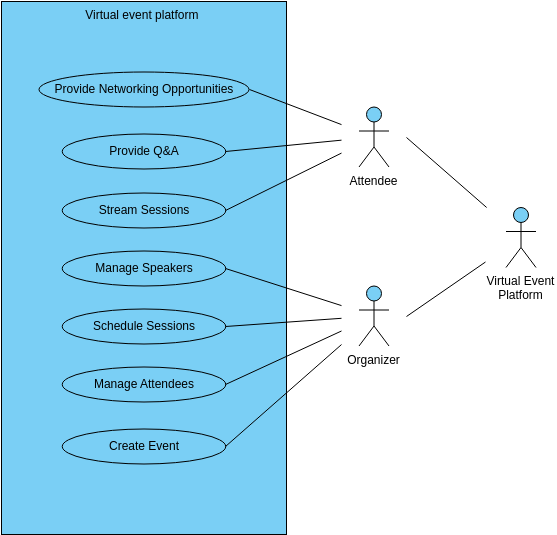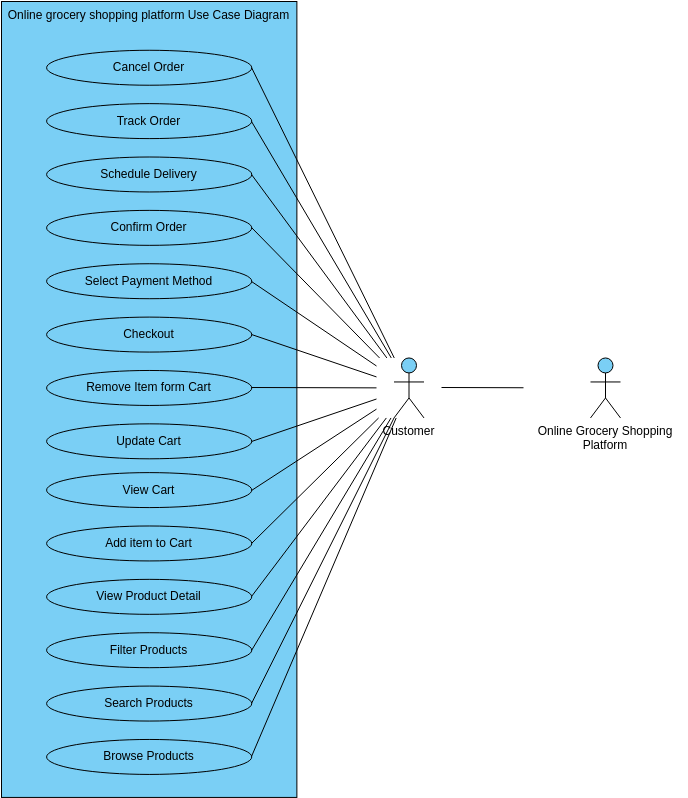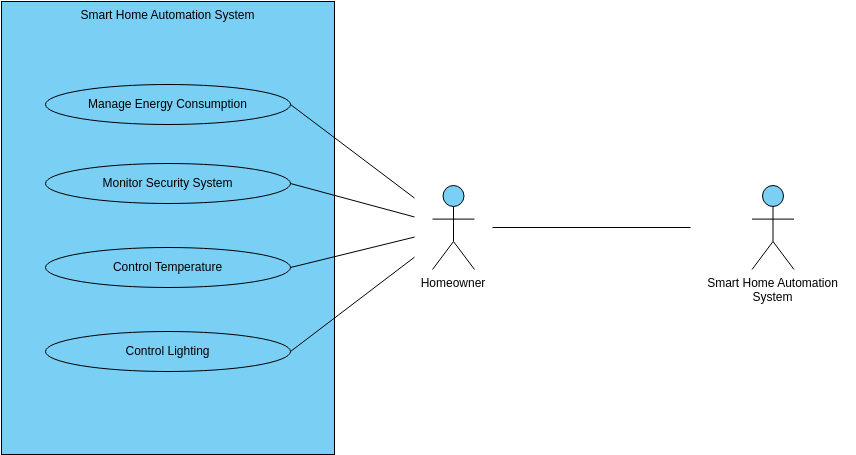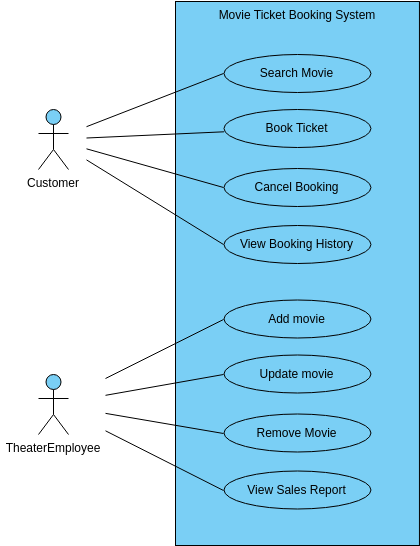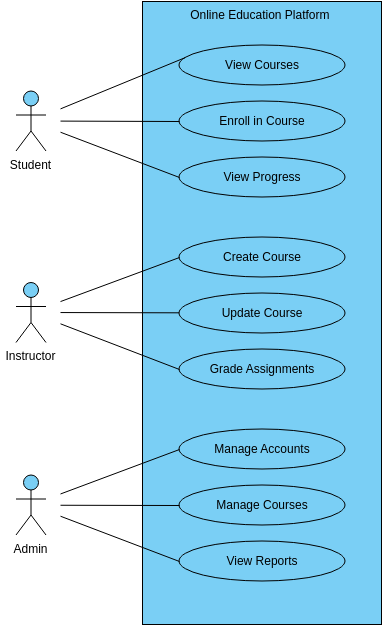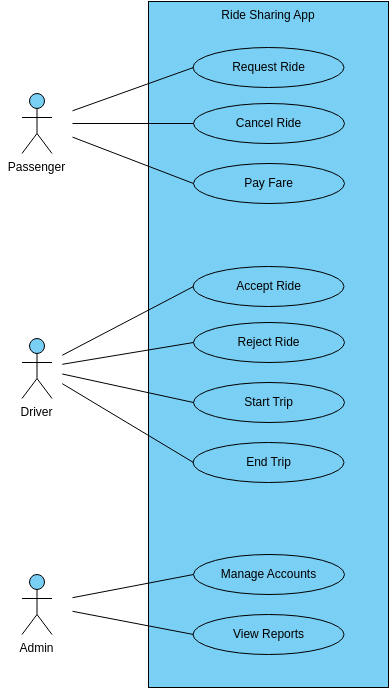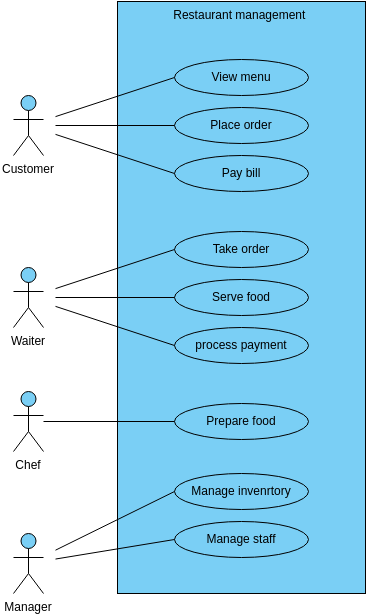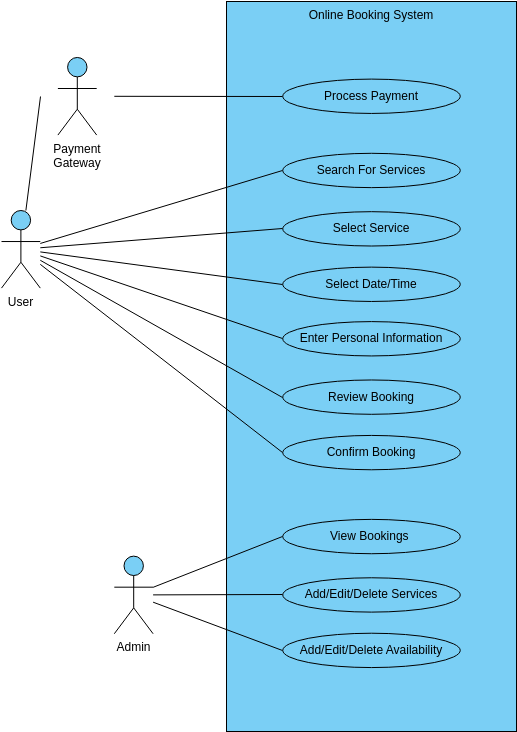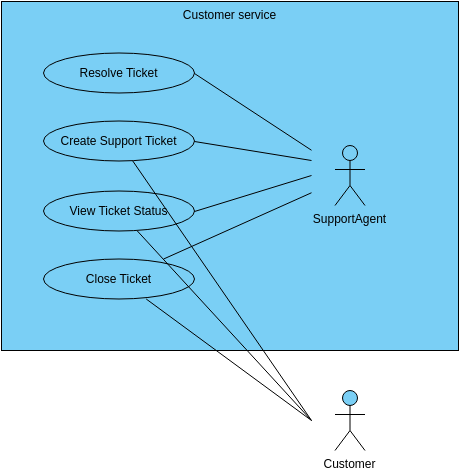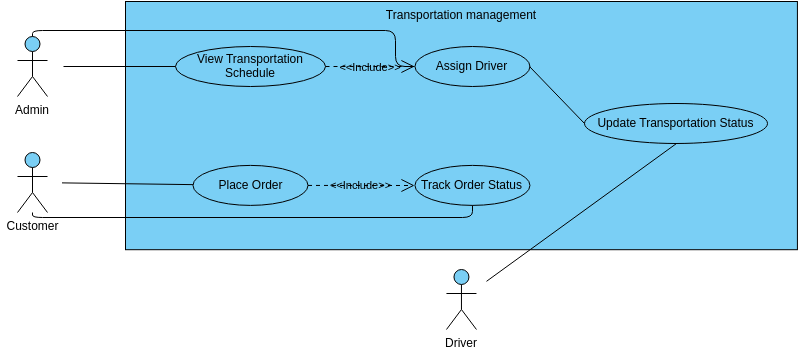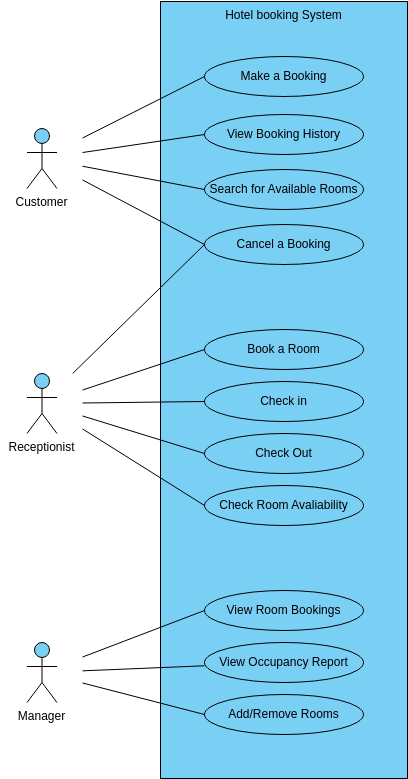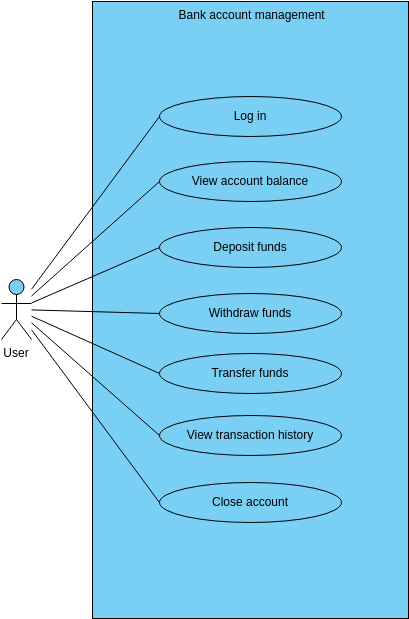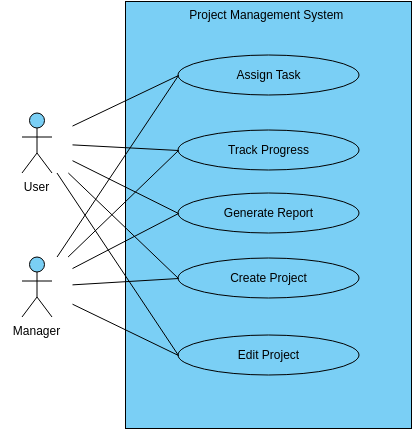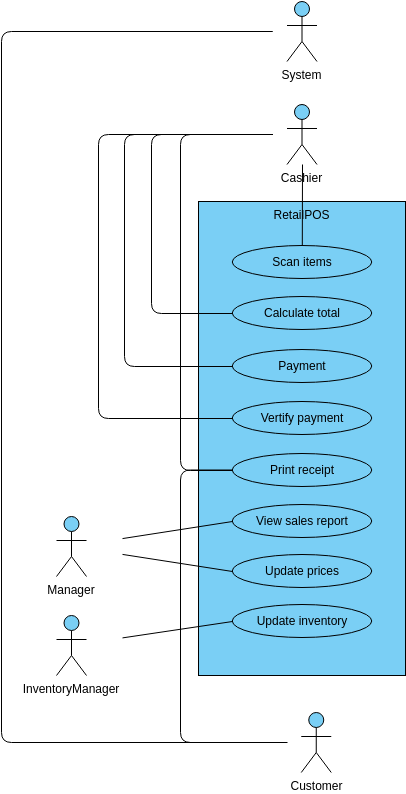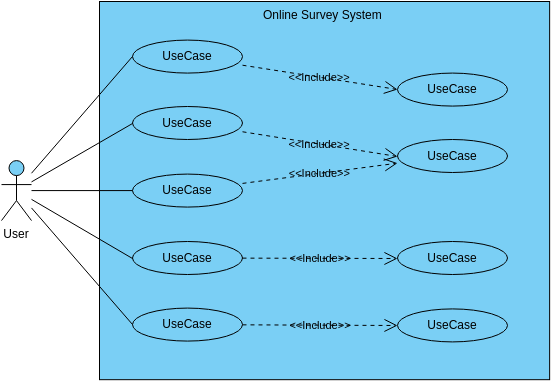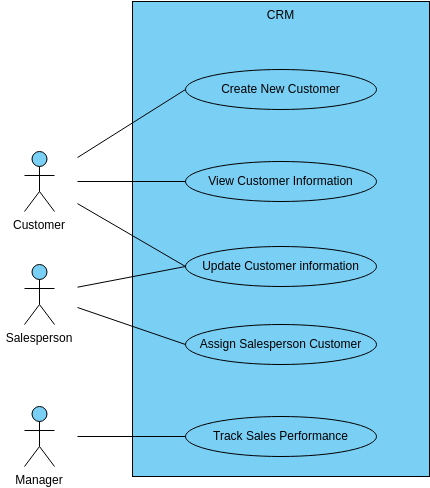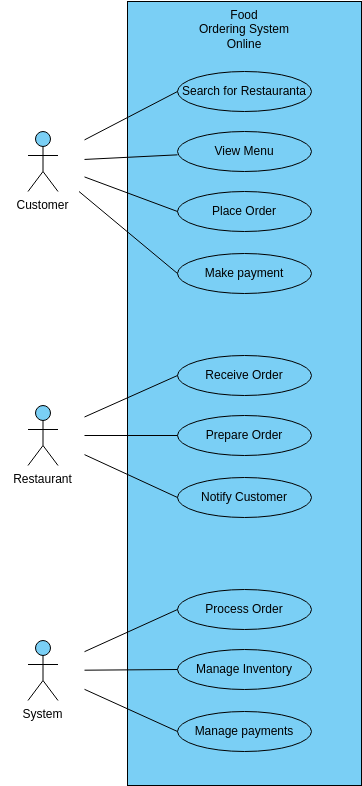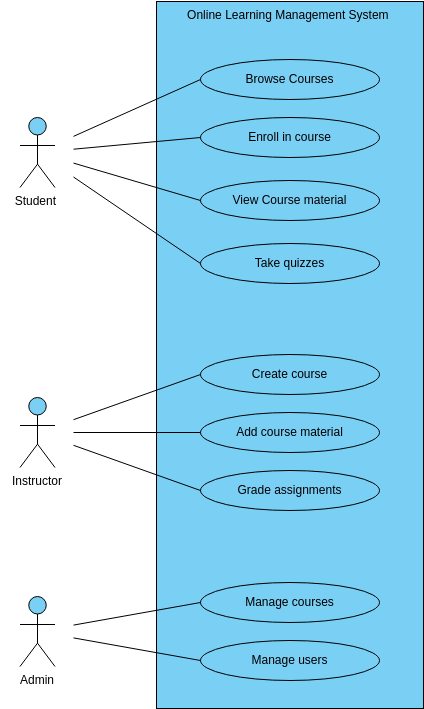Flight Reservation System
The Flight Reservation System is an essential tool for managing flight bookings and reservations. The system offers several features, including the ability to select flights, book flights, cancel bookings, search for flights, view flight details, add flights, edit flights, and cancel flights. The first step in the system is to select a flight. Customers can search for flights based on various criteria, such as departure and arrival locations, dates of travel, and airline preferences. This feature ensures that customers can find a flight that suits their needs and preferences.
Once customers have selected a suitable flight, they can book the flight using the system. The system allows customers to provide their personal and payment information, select the seat they want, and specify any additional services they require, such as baggage handling or in-flight meals. Customers can also specify any special requests or preferences they have, such as a window seat or a vegetarian meal. This feature ensures that customers can customize their flight according to their needs and preferences.
If customers need to cancel their booking, they can do so using the system. The system allows customers to cancel their booking quickly and easily, without the need to contact the airline directly. This feature ensures that customers have flexibility and control over their bookings and can adjust their plans as needed.
Finally, if airlines need to manage their flight schedules, they can add, edit, or cancel flights using the system. This feature ensures that airlines can manage their flight operations efficiently and effectively, and respond quickly to changes in demand or other factors.
Benefits of creating this diagram
Creating a use case diagram for the Flight Reservation System provides several benefits for the project team and stakeholders. Firstly, the use case diagram helps to define the scope of the system and identify the key functionalities that it should provide. This makes it easier for the project team to prioritize tasks and allocate resources effectively. By understanding the user's needs and requirements, the team can develop a system that meets their expectations and provides a seamless user experience.
Secondly, the use case diagram helps to ensure that all stakeholders are on the same page when it comes to the system's functionality. This is important because stakeholders may have different expectations and interpretations of the system's scope. By clearly defining the system's functionalities and use cases, the project team can ensure that all stakeholders have a common understanding of what the system will do and how it will work. This can reduce misunderstandings and prevent delays or mistakes in the development process.
Searching for some use case diagram templates? Go to Visual Paradigm Online and select some designs for customization now!
